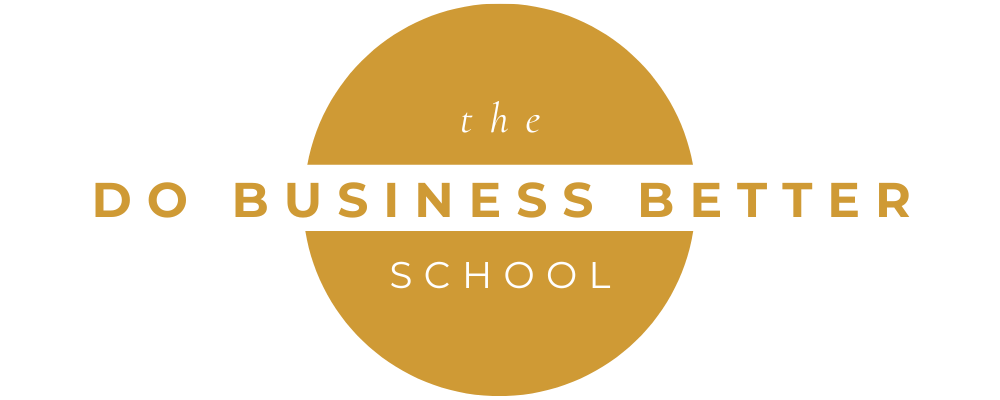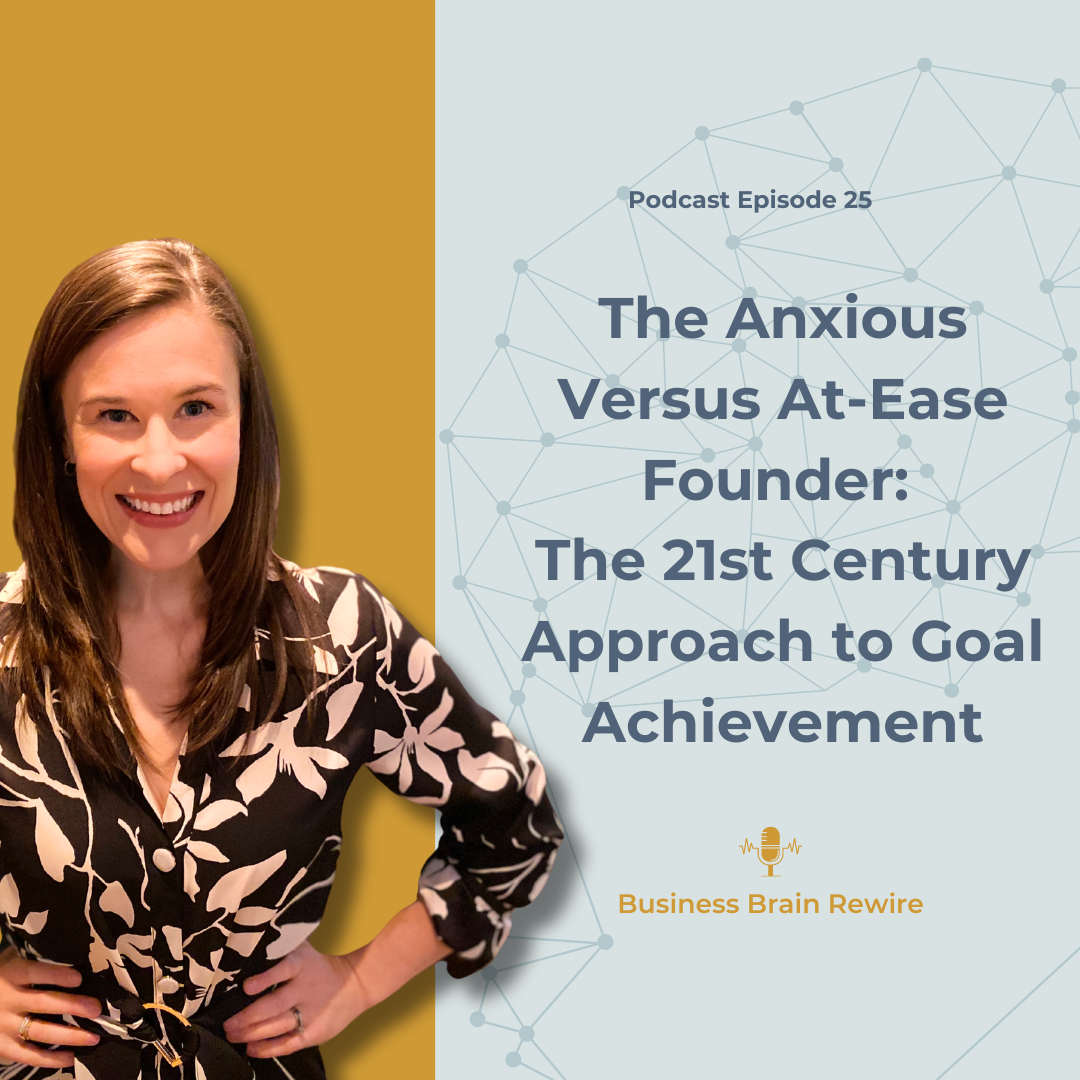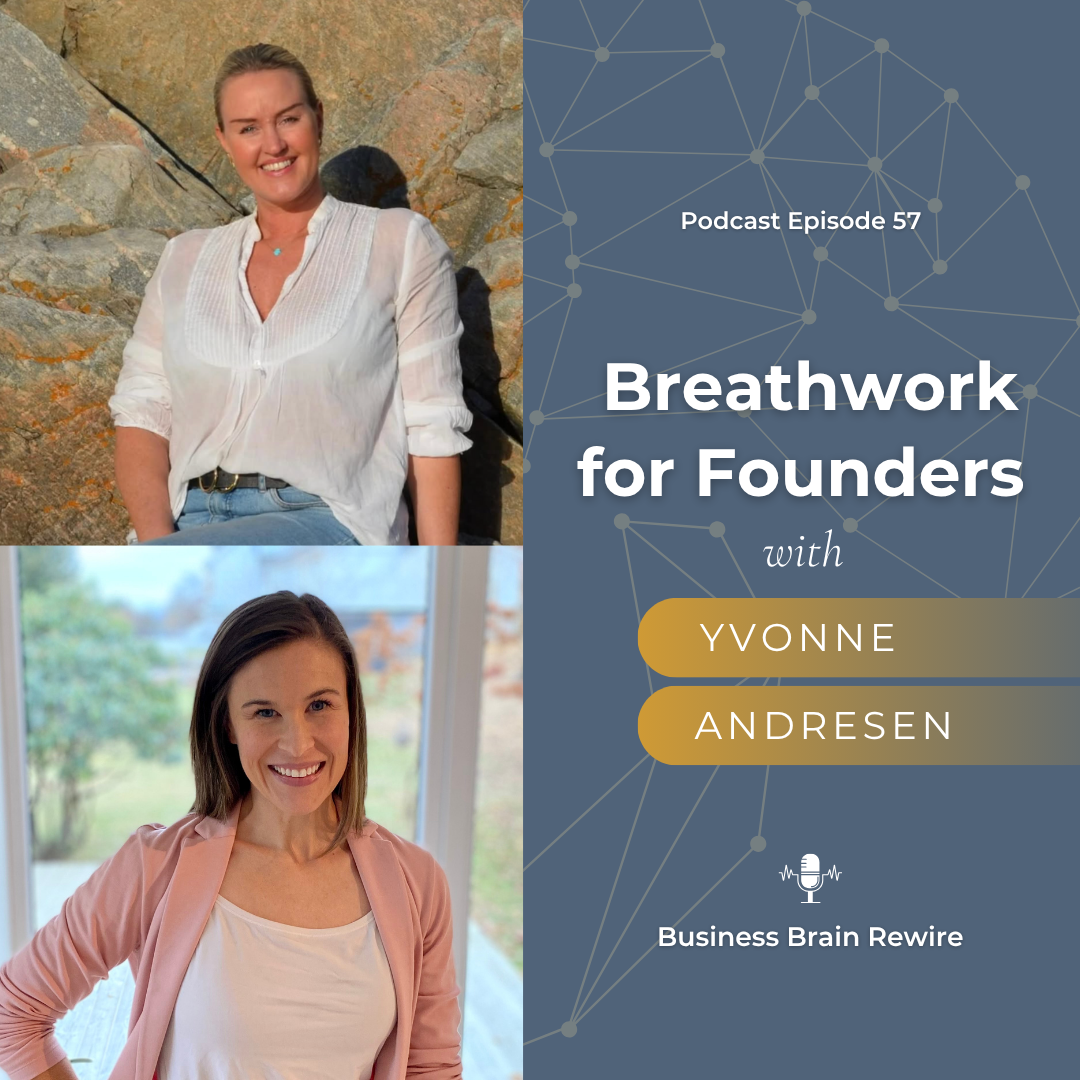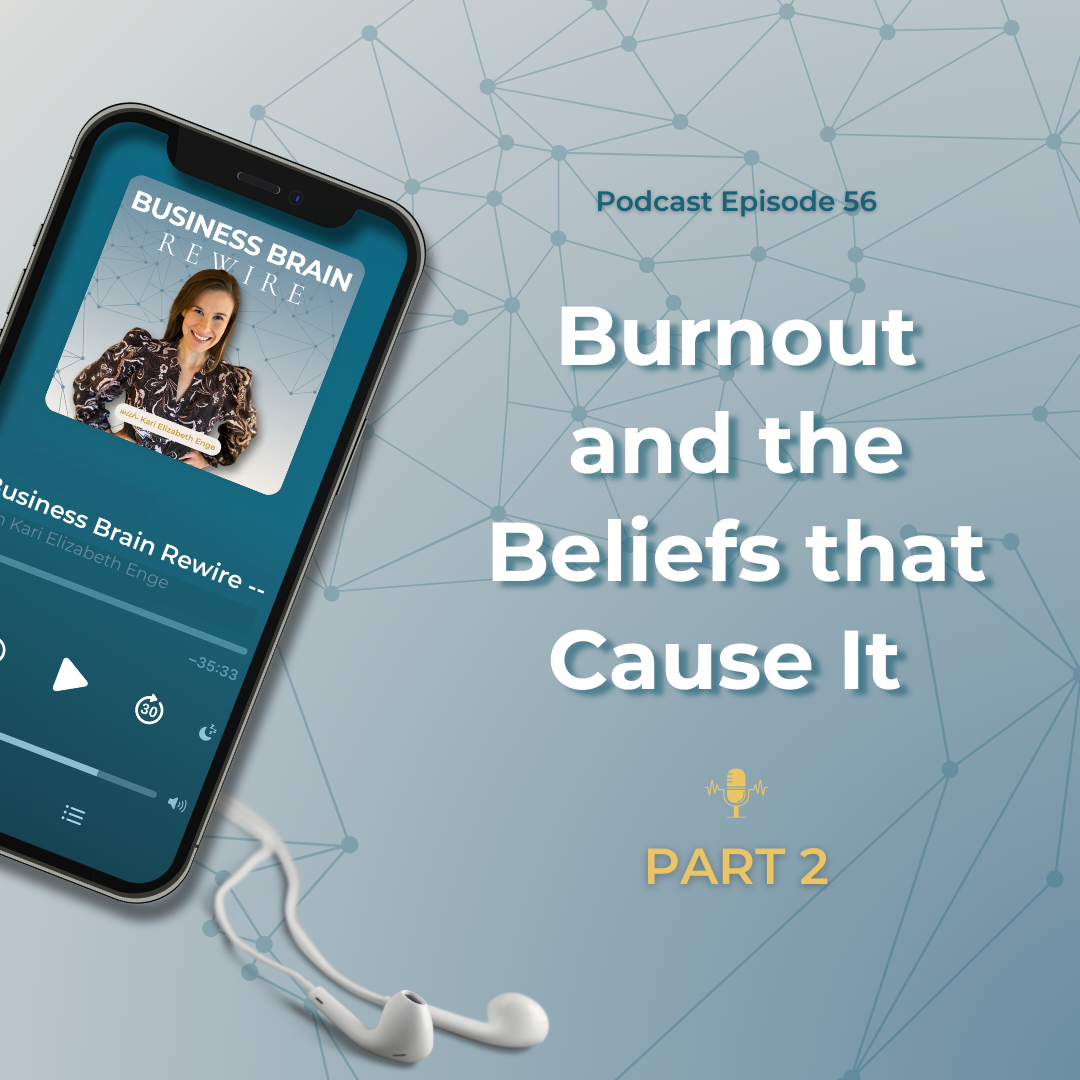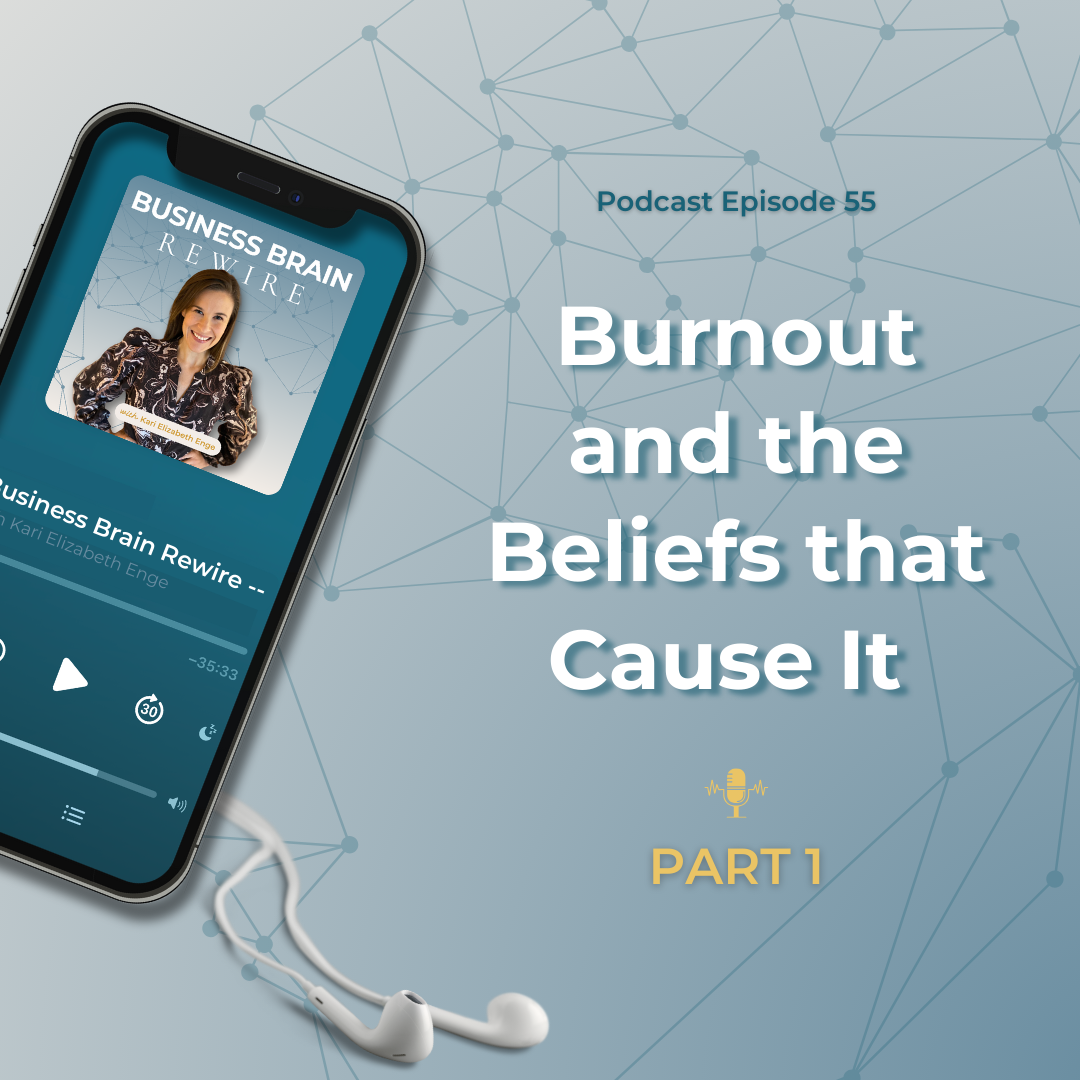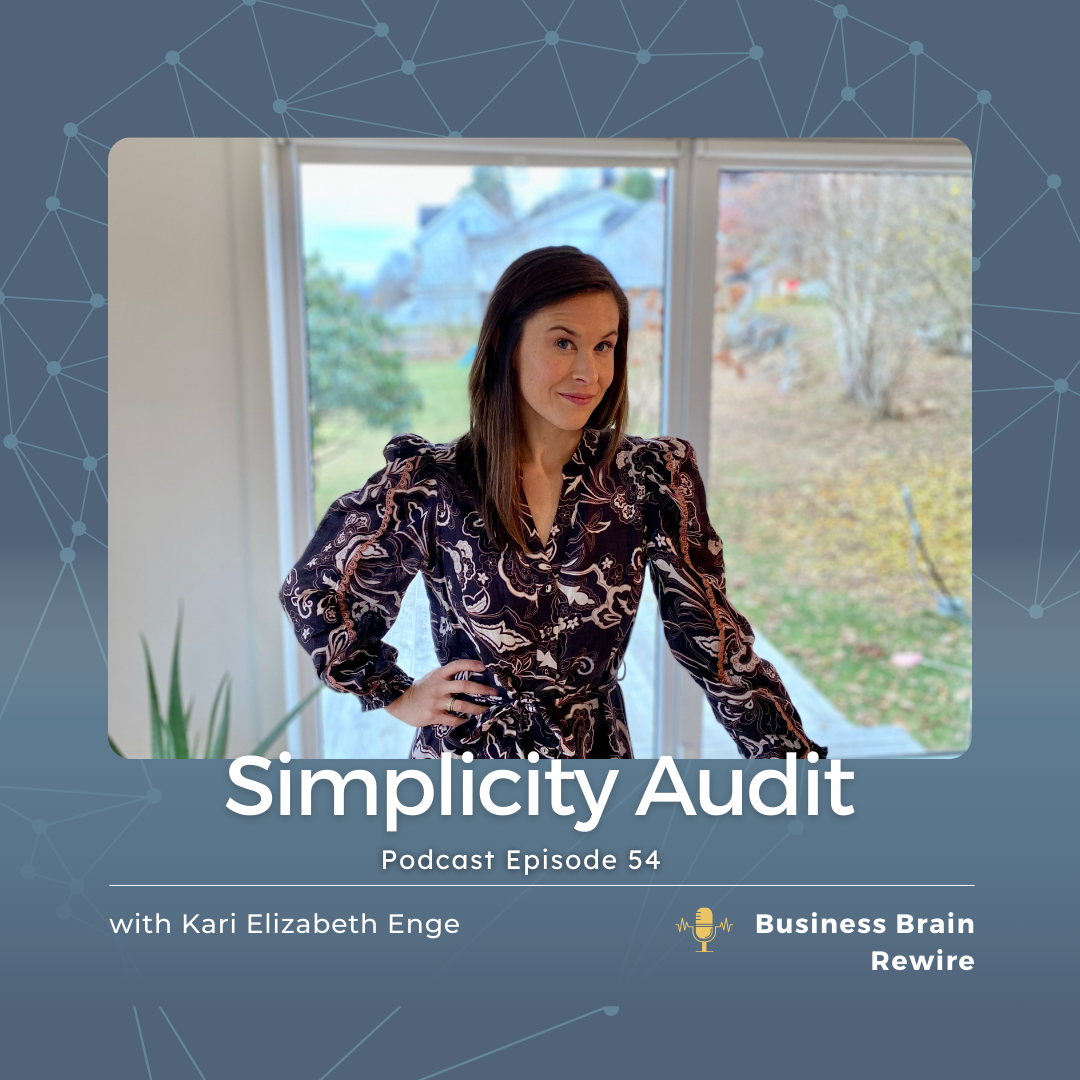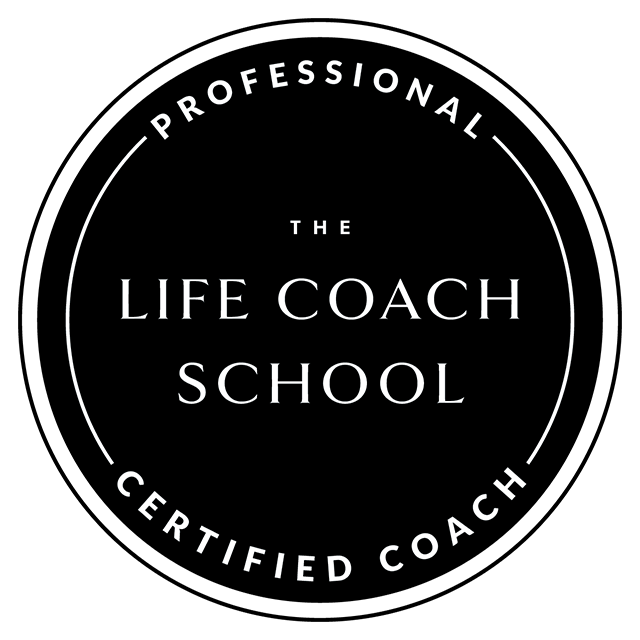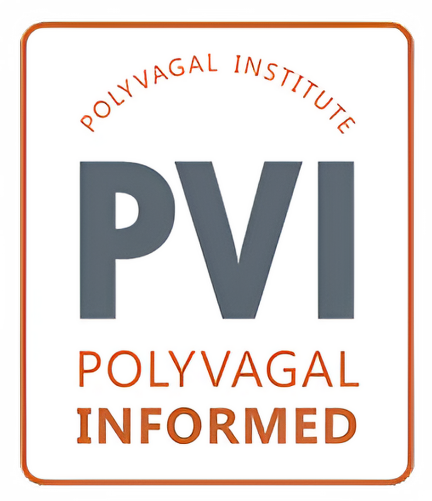Growing your company isn’t just about strategies and hard work—it’s about taking advantage of the most powerful asset you have: your brain.
The Do Business Better School is here to help you tap into the mindsets, skill sets and systems that founders don’t have, but need to achieve success in the 21st century, and to do so with greater ease.
It’s easy to fall into the trap of overworking and constantly pushing yourself. But the real key to thriving isn’t found in more action, but in systematic action while accessing the smartests parts of your brain.
Unless you have the knowledge and tools, it’s easy to accidentally tap into the wrong part of your brain, which ramps up your to-do list but not your results.
Tune into today’s episode to update the tired, outdated way of approaching business, and instead learn the latest neuroscience to grow faster, and with more ease.
Identifying Where You Get Stuck
Have you ever met someone who seemed totally stressed over something that, to you, seemed like no big deal? I know you’ve been in that situation—I’ve been there too.
Maybe it was a friend venting, or someone came to you for advice, and while they were spiraling, you were thinking, “Why are you so worked up? This is a simple issue!”
It’s a common scenario.
The truth is, we all get stuck in what I call “struggle zones.”
These are moments where our survival brain and emotions take over and cloud our ability to see clearly.
Today’s episode shares practical steps to moving through common business challenges by zooming out, and tapping into smart, strategic thinking.
Detaching Emotions from Problems
The first step in solving any challenge is learning how to separate the problem from your emotional response to it. When you do this, you start to see solutions with more clarity.
As founders, we often connect our emotional chaos to the actual issue, making it harder to find a way through it. When you view the problem as something outside of yourself, it becomes easier to manage—just as you would when looking at someone else’s struggles.
This is easier said than done, which is why you need a system, a process, a tool in order to effectively do this in the moment.
After all, advice doesn’t solve the problem. Just like when you share advice with your friend… it rarely gets them through the issue instantly.
Engaging Your Calm, Strategic Brain
Success doesn’t come from tackling the to-do list and moving things forward. It comes from engaging your calm, CEO-level brain—the part that operates with intention and discipline. Neuroscience shows that by quieting the mental noise and emotional turbulence, you allow the strategic parts of your brain to take the lead. This is where impactful action happens.
It’s about refining your approach. When you learn to distance yourself from the “struggle mindset,” you allow your rational, creative brain to take over.
Today’s episode dives deeper into how to actually shift from the common “struggle mindset” and to your calm-strategic side where your goals can be achieved faster and with more ease.
In This Episode, You’ll Learn:
- How neuroscience can transform your approach to achieving goals
- How to separate emotional reactions from business challenges
- Tools to refine your efforts and reduce overwhelm in your business
- A new way to approach success that prioritizes your wellbeing
Mentioned in Today’s Episode:
In Simply Sustainable, I don’t just give you the goal-achievement system you need to reach your income goals with more ease, I walk you through implementing, evaluating and troubleshooting the process until it clicks. Click here to Join now.
This isn’t about outdated strategies—it’s about tapping into neuroscience to achieve goals in a way that feels effortless.
As promised, here is the link to subscribe to the DBB Newsletter. Every Monday, I share a neuroscience-based strategy to grow your company that you won’t find anywhere else. Join and get access to the systems you need for sustainable success.
Transcript:
[00:00:00]
Hello, and welcome. Welcome to today’s episode. I have a good one for you. I decided to spontaneously pull out my mic and start recording. I was literally in the middle of writing my newsletter to my [00:01:00] list. I just was so inspired and compelled to share that message with you. One of the things that I do every single week is write a newsletter to my audience who signs up and I really pour my heart and soul into that email. It’s where I give a ton of value, a ton of free coaching. And I really show up there each and every week thinking, okay, what does the founder, who I serve really need to hear today to move the needle on their goals and to open up more space and energy at the same time for their personal life and wellbeing?
So if you’re not on my list, I’ll hook it up in the show notes so that you can join me for free weekly coaching via your inbox. I thought today would be really fun to just shoot a short little impromptu episode sharing what I was explaining in that newsletter, because I think that it’s really going to resonate and help you with what you’re going for this week.
So. [00:02:00] What I was asking in this email is a very simple question. I was asking: Hey, have you ever met a really high strung person, who was kind of stressed out or venting or just looked flustered about something that you thought was totally just not a big deal? Have you ever been in that scenario? I know you have.
I have been in this scenario where someone was coming to me for advice and they were stressed and I’m listening with an open mind or kind of watching them from afar, thinking like, wow, you’re really stressed out about that.
And sorry, I’ve kind of lost my voice because there’s a virus going around here. So I’m sorry that I sound a little scratchy today.
I know you have been in this scenario where you’ve been on the outside and you’ve looked at someone else who may feel more stressed out about something and you’re like: That’s not a big deal, right? What’s the big deal? And I want you [00:03:00] to think about your experience of that person, right?
If you have someone particular in your mind right now, it feels from the outside, you know, why is this such a big deal? Why don’t you just calm down? This is really simple. This is really easy, right?
Now. I want you to keep that instance, that memory, in your mind of where you might have come in contact with someone like this. And I want you to ask yourself another thought.
I want you to ask yourself. Have I ever been this person to someone else? Has someone ever experienced me in this way? A way I like to think about this is maybe I am that person in one area of my life and I just don’t know it. But in this area, someone is looking down at me or over at me, in this particular [00:04:00] circumstance with this struggle and thinking , what’s the big deal. They see the path so clearly, and I’m just swimming in the confusion and the struggle of it.
This is actually true for everyone. There is something that you and I, and everyone is complicating or struggling through. That another person has been able to hold with grace and ease. They are having fun and they’re getting the result that they want. Or it’s just so automatic to their brain, that they can look at another person, struggling with it and literally think what’s the big deal? Why are you stressed out?
Every single person has this for at least something. So I have something that I’m struggling with, that someone else would think, oh, that’s so simple, and you have something to. And one of the [00:05:00] most helpful exercises that you can do regularly, as a founder, that I would love for you to do today or this week is to look at your company, find and highlight some of those struggles zone areas. Not to shame you not to make you feel like you’re not good enough. That’s the opposite of what I want this exercise to do. So don’t punish yourself with this exercise, but this is a coaching exercise that’s really helpful for you to look at those struggles zones in a very objective and different way. Zoom out on those and realize that you’re currently in this river of misery with it. And you have this heaviness with that circumstance. But there’s other people on the other side of it, just like you’re on the other side of a dozens of other things, that other people are struggling with.
One of the next things that you can ask yourself once you’ve identified that thing that [00:06:00] feels really hard in your business. Is to check in with how you’re trying to move the needle with it. Right? Are you trying to get through this area? Reach the goal on this thing with frustration and with trying to figure out the right answer. A big to-do list, working harder.
I’m sure that the reason why another person might experience you as a little stressed out is because it feels frustrating, complicated or heavy.
The key to success in the areas that we’re struggling with is never to try harder. It’s never to find and land on the right strategy. It’s never working more hours. It’s also never waiting for the right time. Waiting for things to settle down. It’s never this strict parent mentality of more consistency [00:07:00] and more commitment. This is how the anxious spinning person goes about it.
It’s lots of thinking. It’s lots of to-do lists. It’s lots of willpower. It’s lots of busy-ness. And remember when you’re not in that place, the other person in this scenario looks strange to you, right? You’re like, what’s the big deal?
So in order to work through any goal you have, anything you’re struggling with. You have to separate yourself from the problem. You have to take your problem and look at that separately from the anxious individual, that’s interacting with it. Just like you do when you’re looking at another person who’s struggling. You’re like, okay, I see this problem separate from who you are. I see you getting all anxious and trying really hard and then I see the problem as separate from you. And that’s can be hard to do when it’s [00:08:00] your own issue. It’s really easy when you’re the best friend on the phone with talking someone through their struggle. Right? But when it’s ourselves, it’s very hard to differentiate the challenge with your emotional state and how you’re interacting with it.
That is really the first step. And this exercise of seeing the struggle and then your emotional experience with it as two separate things is really helpful. So we have to have the skillset of zooming out and looking at these two things separately and then of course, loving on that anxious version of ourselves. Loving on that version that’s trying to figure it out with more consistency and more commitment and in harder work. Right? But also, to get our calm, strategic adult CEO brain back online.
This is where success can happen so much more easily. [00:09:00] When you’re able to be that other person on the outside and say, this is not a big deal. Here are the things we need to do in a very calm and intentional and organized and structured and patient way.
In order to do this, you just need a couple of skillsets which most founders, like 99% of founders don’t actually have. They can go to business school and get an MBA. They can learn about entrepreneurship in accelerators and incubator programs. They can read a lot of business books. But what we’re talking about here is actually mental and emotional neuroscience based skillsets that you just don’t learn when you’re starting a business.
These are coaching skillsets of being able to take your goal and separate it from the emotional experience that you’re having and the thoughts that you’re having about it.
Separate yourself from those [00:10:00] and get to a new way of thinking and feeling, before you go back into the strategy. When you bring your calm, strategic CEO brain online and then you bring yourself back to the problem to be solved, it will automatically become more simple. So a lot of your to-do lists will shrink or disappear.
You’ll be able to focus in on, okay, just do X, Y, Z, and then you’ll be able to bring the right energy, the right headspace, the right emotions to it, which help you to be more successful. This is an emotional skill set and it’s what we do inside of simply sustainable, my group coaching program.
I really teach founders how to approach any goal they have and to come at it with their most strategic self. Where we zoom out, get clear, simplify, and solve goals with more ease, fun, [00:11:00] creativity, service, purpose and impact.
It’s the 21st century way of achieving goals. Not the way that you learned when you were in elementary school. Or that your parents learned in the 1960s.
All right. I am so excited about these skills. I want to remind you that we still have the launch bonus live for Simply Sustainable.
You can get a thousand dollars off the program, like 30% off. You get lifetime access to the program. It is such a great time for you to learn how to approach any goal you have. The faster you learn this, the faster you can start reaching goals with more ease. If you wait to learn these fundamental founders’ skill sets, you’re going to struggle through one more goal that you just don’t have to. It’s okay, it’s optional. You don’t have to keep struggling with the thing that someone else [00:12:00] feels so clear on.
So remember to check out Simply Sustainable, join us during this launch bonus. It’s a fantastic group of founders in they’re all like-minded purpose-driven founders learning the most modern neuroscience-based way to reach goals, and I would love for you to join us. Reflect this week on this question. I really want you to find the person in your mind, find the memory of this person being all flustered and you just like sing them with a lot of love and compassion by being like there’s nothing to stressed out about. This is so simple.
Find these areas where they might be inside your own business. Keep searching until you find it because every founder has one. I also have one. Where I just haven’t broken through my little glass ceiling with this particular thing yet. But the way we break through these glass ceilings and the way we bust through these next layers of goals, [00:13:00] is to learn the skill sets that I teach in this program. Once you learn them, you can copy and paste them to any goal you have. All right.
I hope that this little mini episode is really thought provoking for you. I would love to hear how you’re interacting with this exercise. Join me on LinkedIn or Instagram: Do Business Better School. I would love to hear how you get on with this exercise. Have a wonderful week serving the world, making sales and making time for self care, and I’ll see you back here next week. Take care.
Podcast: Play in new window | Download
